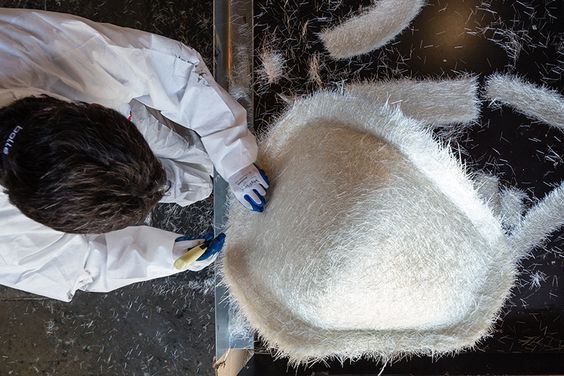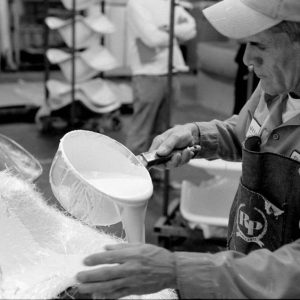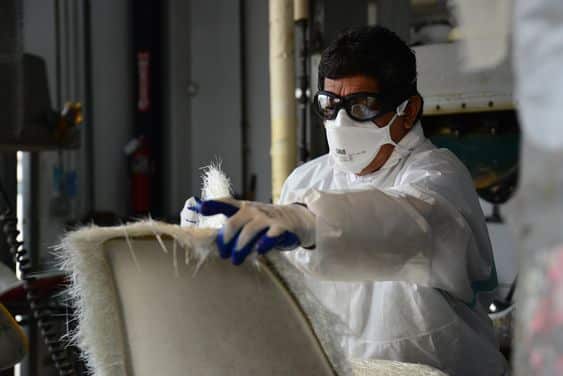
How Fibreglass is made: When molten glass is combined with compressed air, fibreglass is formed. They were originally used as insulators but are now used to mould various products. Producing fibreglass is highly technical. Glass fibre is used to make fibreglass.
Raw Material
- Silica sand
- Limestone
- Soda ash
- Alumina
- Borax
- Feldspar
- Nepheline Syenite
- Magnesite
- Kaolin clay
Melting
The raw materials are fed into the furnace and melted, followed by the formation of a smooth flow of glass at a controlled temperature. The molten glass is kept at a temperature of 1371℃, while higher temperatures are used to form other types of glass.

Forming of Fibres
The molten glass from the heating process is transferred to a marble forming machine and inspected for impurities before being formed into marble fibre. The material is extruded through heated brushing called a spinneret, which has about a thousand openings and forms the glass into filaments; the brush opening determines the diameter of the fibre. They are then classified into various groups.
Continuous
After brushing, the fibre strands rotate in a high-speed winder, where a chemical is used as a binder to keep the fibre from breaking, and they are wound around tubes to be piled into yarn.
Staple Fibre

After the molten glass is formed and brushed, it is rapidly cooled to form a staple fibre. The cooling process breaks the fibre into various lengths. The filaments are sprayed with lubricant in a revolving drum, forming a web from them before being processed into yarn.
